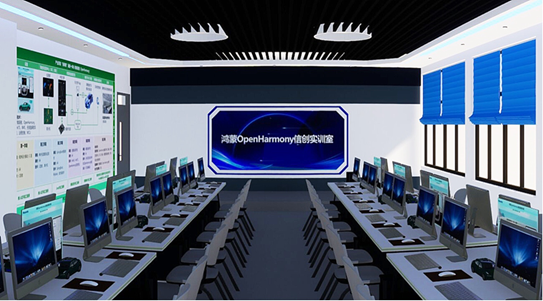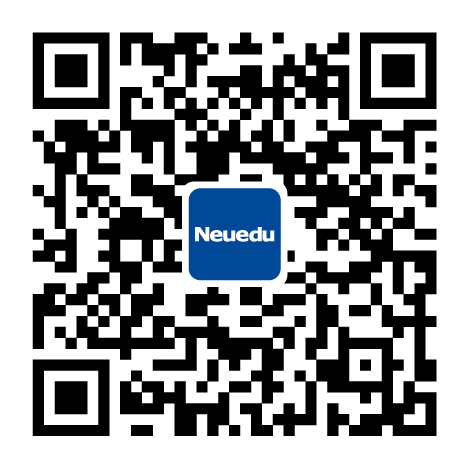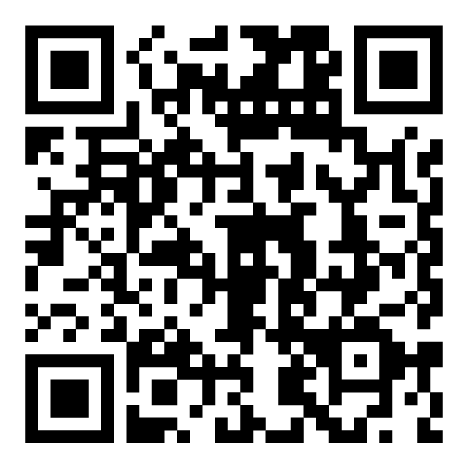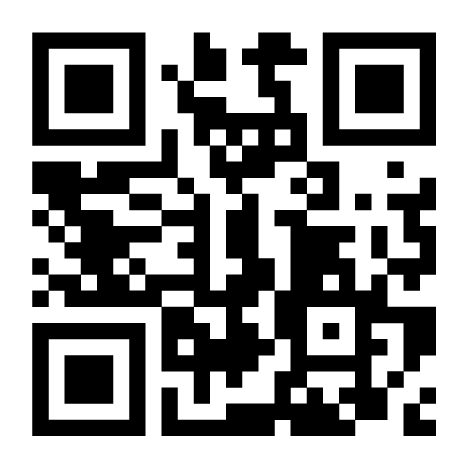Introduction
Applicable major: computer programming
Company position: Harmony
application development engineer, Harmony hardware development engineer, Harmony
embedded development engineer, Java development engineer, Web front-end
engineer, mobile application development engineer.
Applicable scenario: professional teaching, comprehensive training,
competition training, exhibition display
Course product: Harmony application development, Harmony
equipment development, programming basics (C language), microcontroller
principles and applications, SpringBoot framework technology
Project product: Harmony intelligent cockpit system, OpenHarmony
intelligent car ECU system, driver information center (DIC) system, Internet of
Vehicles backend Management system
Intelligent hardware: OpenHarmony intelligent cockpit system bench (the
server is equipped with Galaxy Kirin's localized operating system)
Skills competition: One Belt One Road and BRICS Skills Development
and Technology Innovation Competition- "Automotive Intelligent Network
Alliance" Category
Skills certificate: "1 +X” Java Web application development
professional skills level certificate
Feature
Integrate Harmony characteristics and support localized teaching
Domestic independent controllable technology teaching base, based on OpenHarmonyOS, Harmony development board, Galaxy Kirin operating system and domestic HiSilicon HI3861 chip, to cultivate innovative talents in the information and innovation industry.
Integrate with the industry and cover the cutting-edge technologies of enterprises
Derived from real industry projects, emerging technologies are integrated into practical teaching, covering the latest technologies such as smart cockpit, OpenHarmony, ArkTS, BMS, keyless door unlocking, remote control, and MCU to fully benchmark enterprise employment needs.
Featured industrial-level cases with teaching-based dismantling
Based on Neusoft's characteristic TOPCARES education methodology, industrial-level projects are broken down into advanced project systems, from shallow to deep, to help students gradually exercise and improve their practical abilities.
Provide a scenario-based training environment that combines software and hardware to lower the threshold for open source Harmony learning
The practical training scenarios, which include both software and hardware, allow students to have a deeper understanding of the industry background and business logic of the smart cockpit project and increase their interest in learning. The course system design uses the same business scenario project throughout the entire teaching cycle to help students better understand the business and master the technical route, thereby improving the learning achievement rate and achieving more achievements in the learning process.

Lab rendering





 辽公网安备 21029602000700号
辽公网安备 21029602000700号